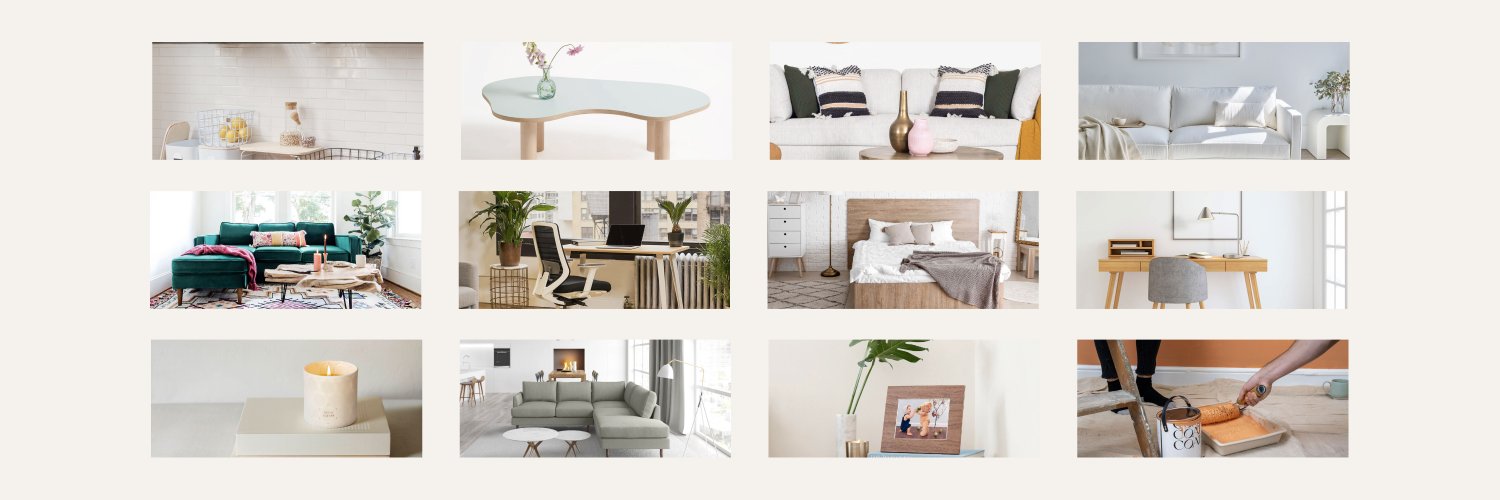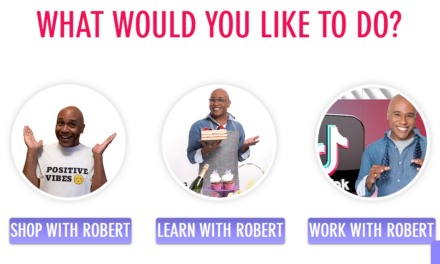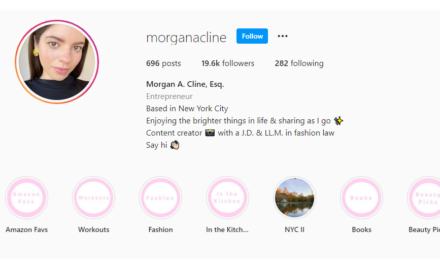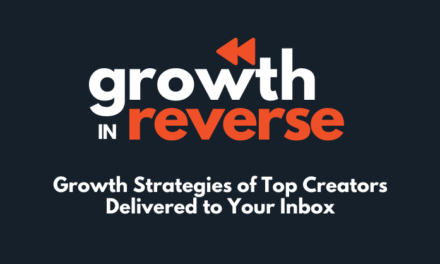Entrepreneur: Ash Read
Biz: Living Cozy
Tilt: Furniture, kitchen, decor brands and reviews
Primary Channel: Living Cozy (100K+ page views/month)
Other Channel: Weekly newsletter The Home Catalog (1K subscribers)
Time to First Dollar: Six weeks
Rev Streams: Sponsored content, affiliate links
Our Favorite Actionable Advice
- Attract brands: Ash focuses on sponsorships and affiliate links, so he searched for a furniture niche that was highly searched and frequently purchased.
- Do “throwaway content” better: He found competitors’ content that ranked well because of the site’s authority, not because of the content’s quality. Then, he did it better.
- Write a brief: A detailed creative brief is developed for each piece of content to ensure Ash and his freelance writers understand the topic, goals, etc.
The Story
Ash Read found his content sweet spot and grew his website Living Cozy from zero to 1 million page views in 12 months. All the while, he was working full time as the editorial director of Buffer, where he helped scale that company’s blog traffic to 1.5M sessions per month through a self-taught SEO strategy. Now he’s the head of content at Wayflyer.
@Ashread_ found his content sweet spot and grew @LivingCozyhome website to 1M page views in 12 months. #ContentEntrepreneur #CreatorEconomy Share on X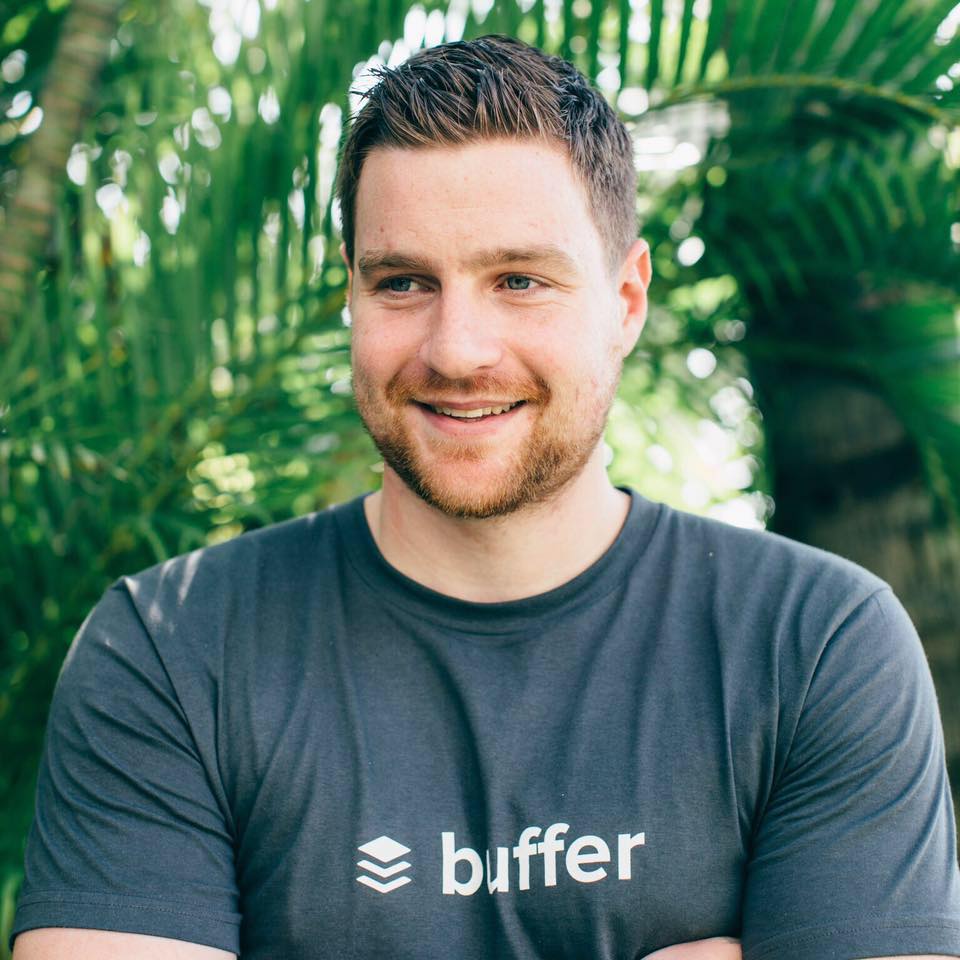
Ash has created content for over 15 years. Before working in it full time, he was a freelancer in writing, social media, SEO, and other forms of content management. During college, he had a sports and social media blog with a UK focus, which led to more Twitter followers and writing opportunities.
But when Ash applied for his dream job at the time as a social media manager for a sports company, he got rejected twice in six months. “That’s what put me on the path I am today,” he says.
That rejection led to his freelancing work and learning about long-form SEO content, and that led him to Buffer and the creation of his content company Living Cozy.
Finding a content sweet spot
In 2019, Ash had the idea to start Living Cozy, a direct-to-consumer site that helps people make informed decisions about the brands and products they bring into their homes.
It grew when, like many people during the pandemic, Ash moved home in 2020 and was looking for new furniture. His Google search results kept coming up with the Wayfair brand and outdated Good Housekeeping articles. “I knew there were all these cool furniture brands out there, but it was actually really hard to discover them,” Ash explains. He had found a content gap that needed to be filled.
The cool brands were working to get discovered through Instagram, Facebook, and Google ads, paid media, and public relations. But finding them organically was difficult. “So I started Living Cozy to just be a directory for all of these brands,” Ash says. With his content sweet spot found and the directory built, he tweeted about it to his 4K+ followers and received a good response. “Ten or 15 people responded to me saying, ‘This is cool,’ which made me realize this could be something,” Ash says.
Narrowing the niche
Ash knew he couldn’t cover every type of furniture at first. So, he sought a popular niche that’s searched for online and purchased frequently. He thought this content would help Living Cozy show up in Google search results, leading to more affiliate revenue for his business. He chose sofas.
Sofas were the first topic for @Ashread_ at @LivingCozyhome because it's a frequently searched word and they're purchased often. #ContentBusiness #Reviews #Sponsors Share on XHe researched his competitors’ “throwaway content” – content ranking well because of the site’s authority, not because of the content’s quality. He targeted keywords for which his competitors’ ranked with content older than two years, less than 1K words, and missing subject matter experts.
But, he knew to gain authority and generate traffic to Living Cozy, he couldn’t limit the content to a sofa directory. He started an interview series with furniture and interior design experts. “If we talk about a sofa, I want to have a quote about that sofa that no one else has,” Ash says. Not only did he build trust and authority through his site, he was mentioned on and linked to from other sites, which also helped Living Cozy’s organic search rankings.
He’s still creating a lot of content about sofas, but now he’s added other niches like outdoor furniture, home organization, and kitchenware. As Living Cozy has grown and driven more traffic to brands, Ash has received more products and written first-hand reviews. “I think it’s really important that Living Cozy doesn’t just become an SEO-driven curation site. I want it to become a trusted source,” Ash says.
Keeping up search
It took Ash about six months (December 2020) to see meaningful traffic to the Living Cozy site. In the site’s Google Search Console analysis, he noticed his impressions increasing, too.
Among the tools used by Ash are Ahrefs to conduct keyword research and Clearscope to optimize content and review competitor pages. “SEO tools are very much the icing on top of the cake,” he says. “Your content isn’t going to rank just by blindly following what the tool says. It’s really important to do your research and offer something unique on your page that people aren’t getting anywhere else.”
In addition to ticking off all of the boxes Google wants to see, like headers, keywords, and phrases, Ash believes his unique content and perspective set his site apart in Google search results.
Creating content briefs
Ash spends hours creating 500- to 1K-word briefs that include all the details to shape the content into an SEO-driven, valuable article for his freelance writers and himself. They publish about eight each month.
“I think the research and planning before writing the article is what makes us stand out. It’s so much harder to create something from a blank page,” Ash explains.
The research and planning before @Ashread_ writes articles for @LivingCozy home is what makes the content stand out. #writing #CreatorEconomy Share on XGoing organic marketing
Initially, Ash used Reddit to drive traffic but was banned because his posts were overly promotional. He doesn’t have much of a social media presence either. Almost all of Living Cozy’s 100K monthly page views come from organic Google search results.
That’s intentional as he wants to get the content business off the ground on one channel before he spends more time on other channels. In 2022, a bigger commitment to social media is planned. He also recently hired a digital PR agency to get his site featured in home magazines and websites.
Living Cozy creator @Ashread_ intentionally focused solely on his website. He didn't want to focus on other channels until it got off the ground. #ContentInc #ContentEntrepreneur #CreatorEconomy Share on XEarning an income
Living Cozy has two revenue streams – sponsors and affiliate links. He met the founder of furniture maker Fyrn in a Slack group, and now the company has a feature on every page. “I took that approach because I don’t want to fill the site with lots of advertising that gives people a bad reading experience. I want to stay away from ads as long as I can,” Ash says.
He earns anywhere between 2% and 15% of the partner brand sales from his audience with affiliate links.
Six weeks after launching Living Cozy, he earned $9.37 in affiliate revenue from a bedding brand. “I probably didn’t make another sale for like two or three months after that,” Ash says. Now, he earns tens of thousands of dollars a month in revenue.
He says his long-term goal is to run his content business full time. In 2022, he also plans to start another website-based brand with the goal of selling it.
About the author
Bonnie owns Word of Mouth, a content agency specializing in social media, content marketing, and editorial writing. She's written for Marie Claire, Harper’s Bazaar, Coveteur, Man Repeller, Health.com, and more. She loves wearing fanny packs and laying in the fetal position.

